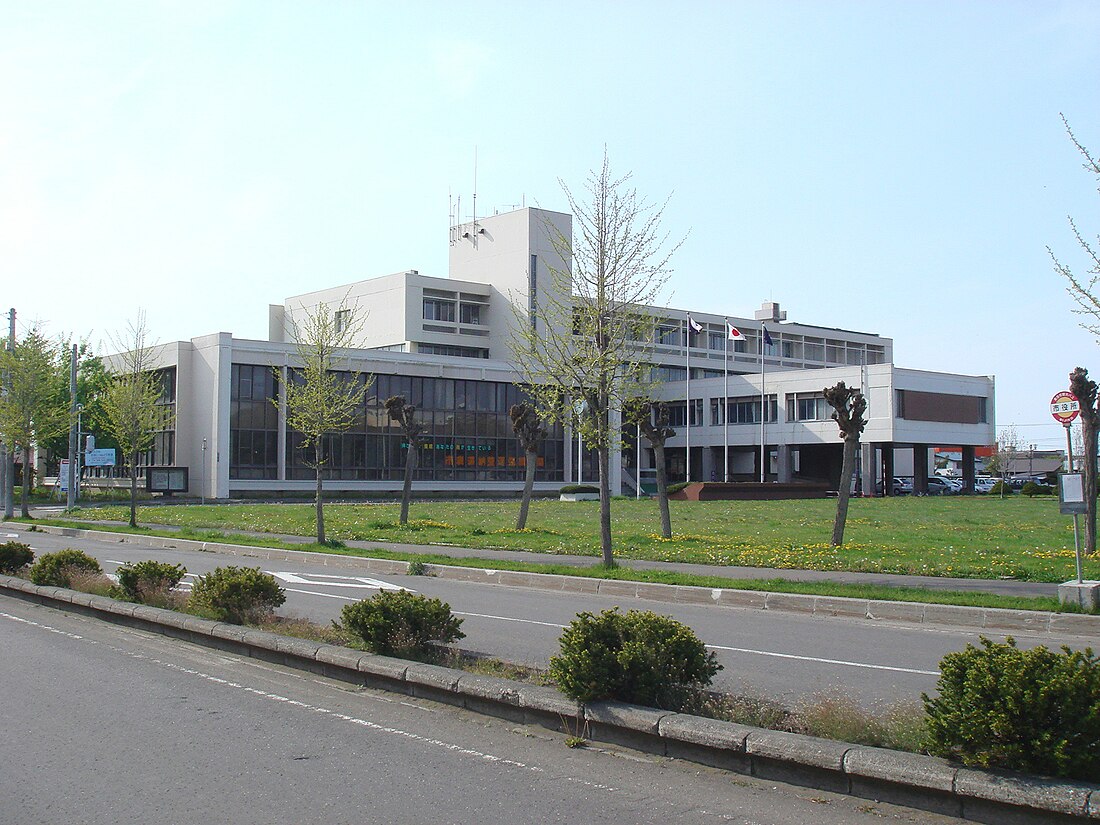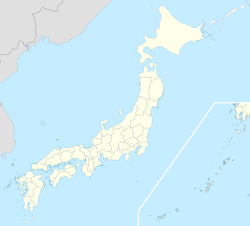Top Qs
Timeline
Chat
Perspective
Bibai
City in Hokkaido, Japan From Wikipedia, the free encyclopedia
Remove ads
Bibai (美唄市, Bibai-shi) is a city located in Sorachi Subprefecture, Hokkaido, Japan.
As of 2023, the city has an estimated population of 19,242, and the density of 69.3 persons per km2. The total area is 277.69 km2.
Remove ads
History
The name Bibai is derived from Ainu word "pipa o i", meaning "Place (swamp) with many cockscomb pearl mussels".[1][2]
- 1890 - The village of Numakai was founded.
- 1925 - Numakai village became Numakai town.
- 1926 - Numakai was renamed Bibai.
- 1950 - Bibai town became Bibai city.
- 1982 - Bibai Dam was completed.
At its peak, Bibai was a coal town that produced over a million tons annually. However, ever since the mine was closed in 1972, the city has suffered a slowly declining population.[3]
Remove ads
Geography
Summarize
Perspective
The Ishikari River flows to the west of Bibai. The Bibai Dam was built on the Bibai River, a tributary of the Ishikari River.
Lake Miyajima was registered as a wetland under the Ramsar Convention in 2002.[4]
Climate
Remove ads
Demographics
Per Japanese census data,[7] the population of Bibai has declined by more than half over the past half-century.
Education
High schools
- Hokkaido Bibai Shoei High School
- Hokkaido Bibai Seika High School
School for special needs
- Hokkaido Bibai School for Special Needs
Transportation
Rail
Hakodate Main Line Minami-Bibai Branch Line used to run from Bibai to Minami-Bibai.
- Hakodate Main Line : Minenobu - Kōshunai - Bibai - Chashinai
Road
Straight line section of Route 12 is the longest in Japan.
Culture
Mascots
Mami-chan and Yakitoriman, the city's mascots
Bibai's mascots are Mami-chan (マミィーちゃん). He is a greater white-fronted goose. He was unveiled in 1986. Yakitoriman (ヤキトリ男, Yakitoriotoko) is Mami-chan's assistant who is a yakitori.[8][9]
References
External links
Wikiwand - on
Seamless Wikipedia browsing. On steroids.
Remove ads







